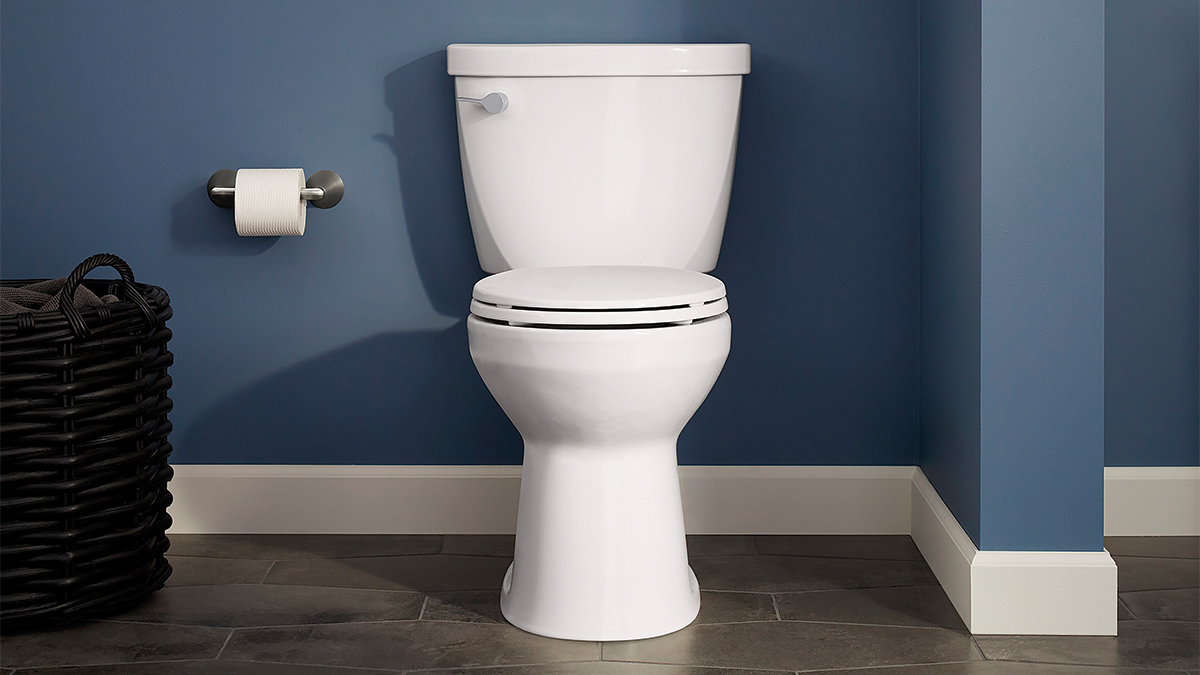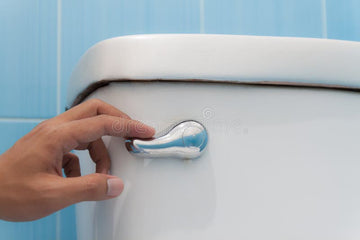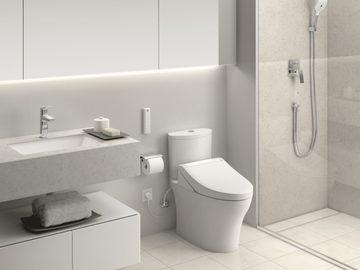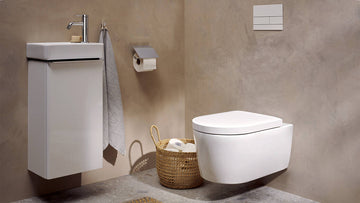When selecting bathroom fixtures, the flush system is an essential element that often gets overlooked. However, it's vital to know how to choose the best flush system tailored to your requirements, particularly if you're engaged in the Industry QA sector, where quality assurance is critical. In this comprehensive guide, we will explore the details of flush systems and provide valuable insights to help you make an educated decision.

Understanding Flush Systems
Before diving into how to choose the best flush system, it's vital to understand what a flush system is and its importance. This system is responsible for transporting waste from the toilet bowl to the drainage system. The efficiency of this mechanism can greatly influence water consumption and overall bathroom hygiene.
Types of Flush Systems
There are various types of flush systems, each offering distinct features and advantages:
- Gravity Flush: The most prevalent system, operating using the natural pull of gravity to eliminate waste.
- Pressure-Assisted Flush: This type uses compressed air to boost flushing power, making it perfect for busy spaces.
- Dual Flush: Provides two flushing optionsa full flush for solid waste and a half flush for liquidssupporting water conservation efforts. For more on dual flush systems, check out Dual Flush vs Single Flush.
- Tornado Flush: Employs forceful water jets to create a whirlpool effect, ensuring thorough cleaning.
Factors to Consider When Choosing a Flush System
When figuring out how to choose the best flush system, several important factors should be considered:
Water Efficiency
Selecting a water-efficient flush system is environmentally friendly and cost-saving. Systems like the water-saving toilets can significantly lower water consumption.
Performance and Power
The flushing performance is crucial, especially in commercial establishments. A pressure-assisted flush may be necessary in such environments to guarantee robust and efficient waste removal.
Noise Level
Some flushing systems, especially pressure-assisted models, can produce significant noise. It's worth considering sound levels if the toilet is in close proximity to living areas or in quieter settings.
Installation and Maintenance
Choose systems that are easy to install and require minimal upkeep. Systems with parts readily available can save time and costs in the future.
The Importance of Quality Assurance in Flush Systems
For those in the Industry QA field, ensuring that flush systems are of high quality is essential. A dependable system reduces the chances of leaks and malfunctions, which in turn decreases maintenance costs and boosts user satisfaction.
Quality assurance entails comprehensive testing of essential components like the flapper, fill valve, and flush valve. These parts must adhere to industry standards to guarantee longevity and efficiency.
Testing and Compliance
Flush systems need to conform to industry benchmarks, such as the WaterSense label, which certifies water-efficient products. Regular testing for leaks, flush power, and water usage is vital to uphold these standards. For DIY solutions, visit Home Water Works.
For additional insights about water-efficient systems, you can explore benefits of high-efficiency toilets.
Conclusion
Choosing the ideal flush system requires thoughtful consideration of multiple aspects, including water efficiency, performance, and compliance with quality standards. By recognizing these components, professionals in the Industry QA can select systems that fulfill both operational and environmental requirements.
For further details on the advantages of water-efficient toilets, take a look at high-efficiency toilets explained.

FAQs
What is the most water-efficient flush system?
Dual flush systems are recognized as the most water-efficient due to their capability of offering both half and full flushes, thus minimizing water usage.
How often should flush systems be tested?
Regular testing is recommended at least annually to ensure optimal performance and adherence to quality standards.
Are pressure-assisted flush systems suitable for residential use?
While these systems deliver powerful flushing action, their noise level may not be ideal for all residential situations. Consider noise-reducing options for home applications.






